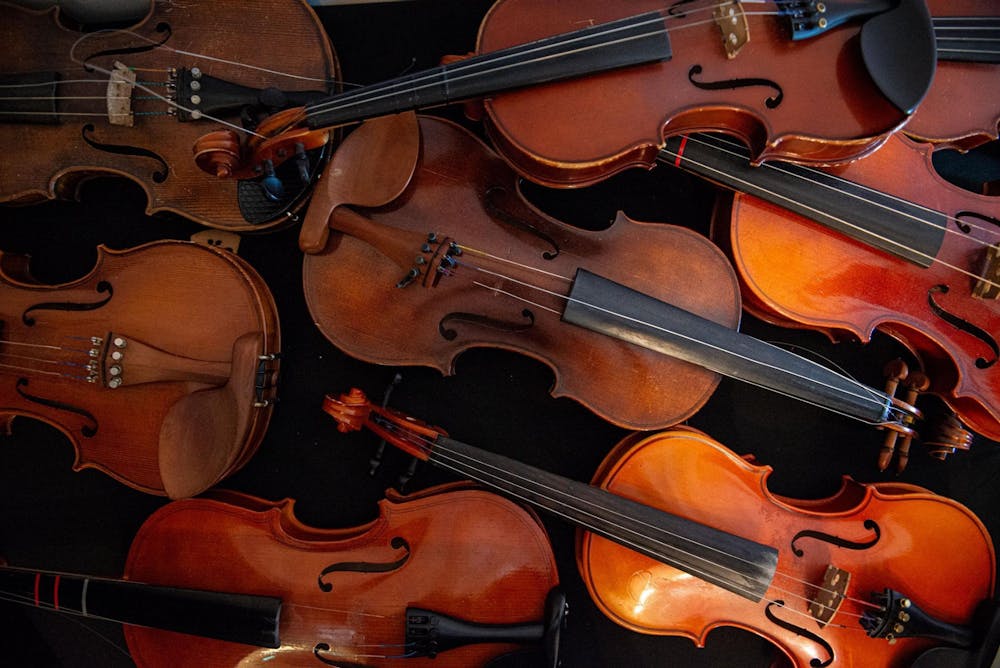A distinctive aspect of classical music is the existence of many different performances of the same work, rather than just one official original the way there is in pop music for example. Like viewing actors’ different takes on the same stage role, comparing recordings of the same classical work is a fascinating experience.
This is different from any instances of non-classical covers, as well. There is always a distinction between a cover and the definitive, original performance of the work. But in classical music, when works were often premiered long before the existence of audio recording, there is no such authoritative clarity.
Each classical performance is a new and valid exploration and the deeply intimate experience of a personal take on someone else’s creation. Classical recordings run the gamut from painstaking attempts to recreate the original intent, to unapologetically creative spins on old works.
Some differences may seem small. Celebrated pianist Sir András Schiff performs the first movement of Beethoven’s “Moonlight” Sonata by holding down the right pedal the entire time. He believes this interpretation is backed up by scholarly evidence.
Other similarly well-respected pianists scoff at such an idea on their recordings. Yet despite such a difference, all pianists are referencing the same score that Beethoven wrote.
Other differences are more striking. Grammy-winning violinist Hilary Hahn performs Bach’s solo violin works on her appropriate instrument, while multi-genre mandolin virtuoso Chris Thile, performs those same notes on an instrument that didn’t even exist when the composer was alive. Yet in both albums, the distinctly dance-like joy of the brilliant composer irrepressibly bursts through.
Sometimes recordings are a clear result of their historical context. Interpretations of Baroque music, for example, have changed a lot in recent times. Modern recordings often imitate or actually use historical curved bows, with sloping crescendos each note. Older recordings offer a more piercing, sustained phrasing instead.
Some recordings achieve a mythical status setting them apart from others of the same work. Cellist Jacqueline du Pré’s recording of the Elgar cello concerto is something of a phenomenon that aspiring artists reference and try to emulate. Other recordings are downright controversial, such as pianist Glenn Gould’s strangely accented and austere approach to Mozart’s music.
In some cases, recordings are made with the composer involved. Famed cellist Mstislav Rostropovich’s recording of Prokofiev’s cello sonata was a performance admired by the composer. But does that make any other more recent recording less significant? Certainly not. Many different respected interpretations of this work exist and are a testament to its evolving yet timeless validity.
Each recording is a new facet of the old, yet vibrant and evolving world, where even the repeated works take on a new life with each interpretation.




